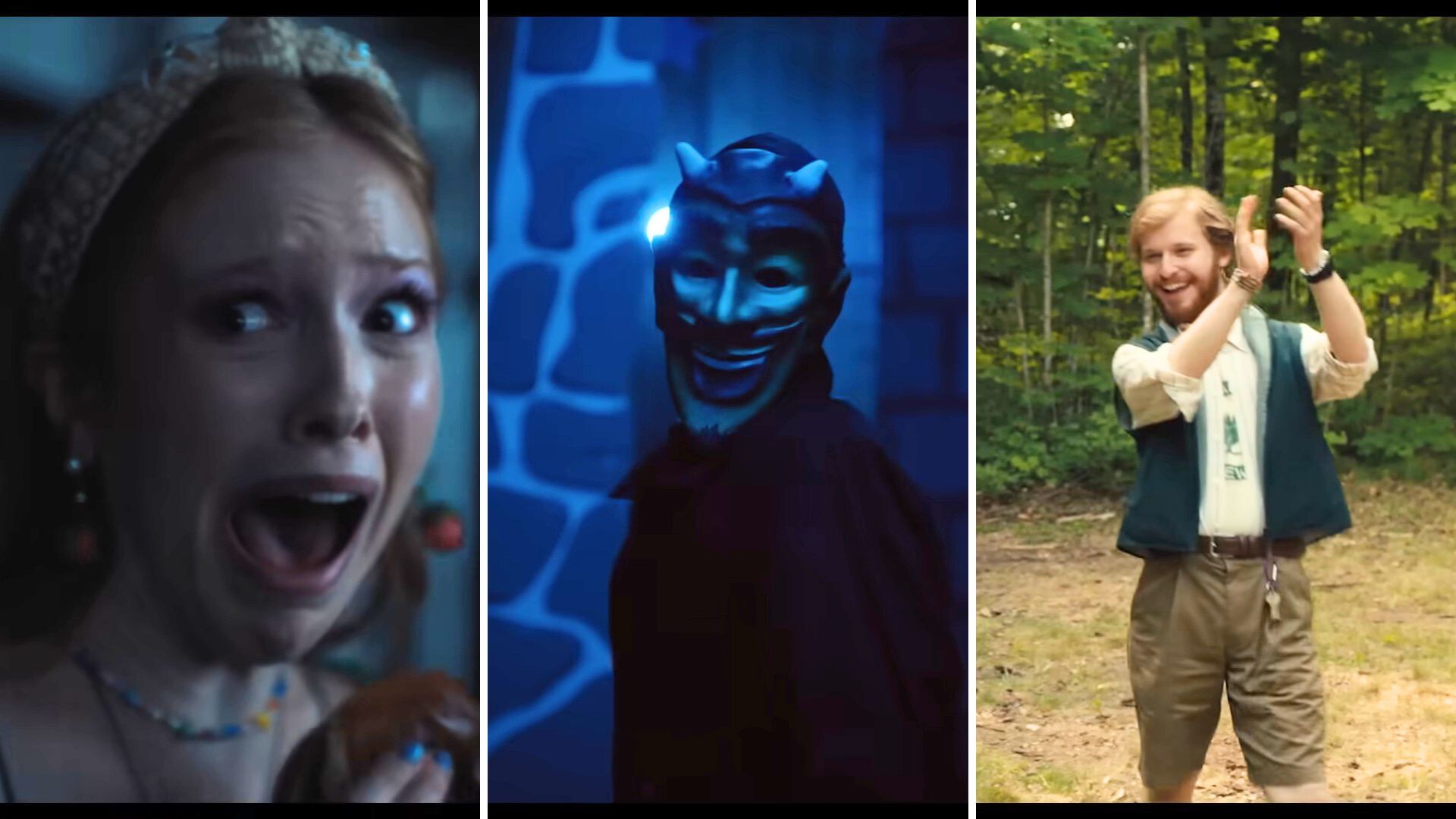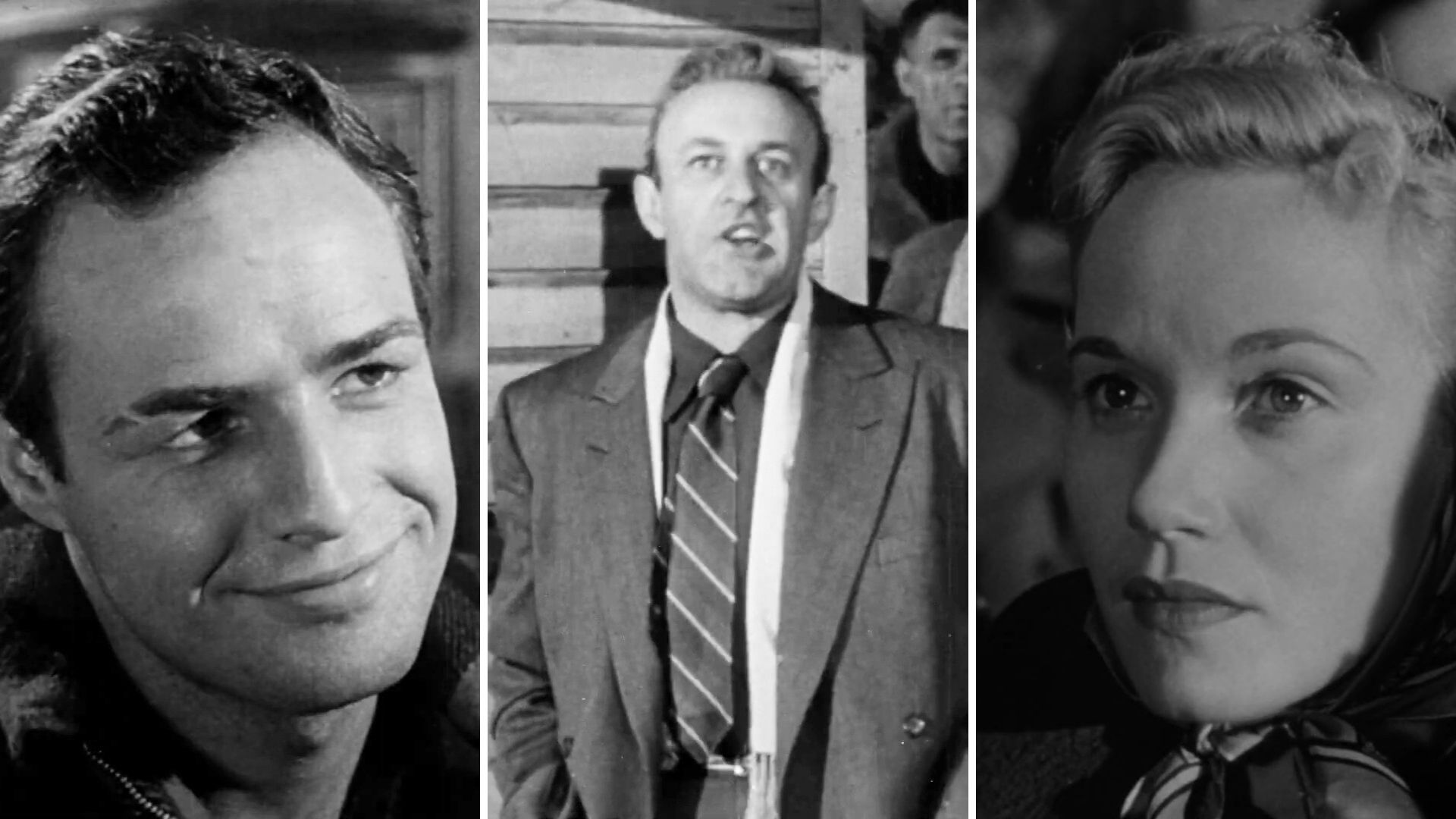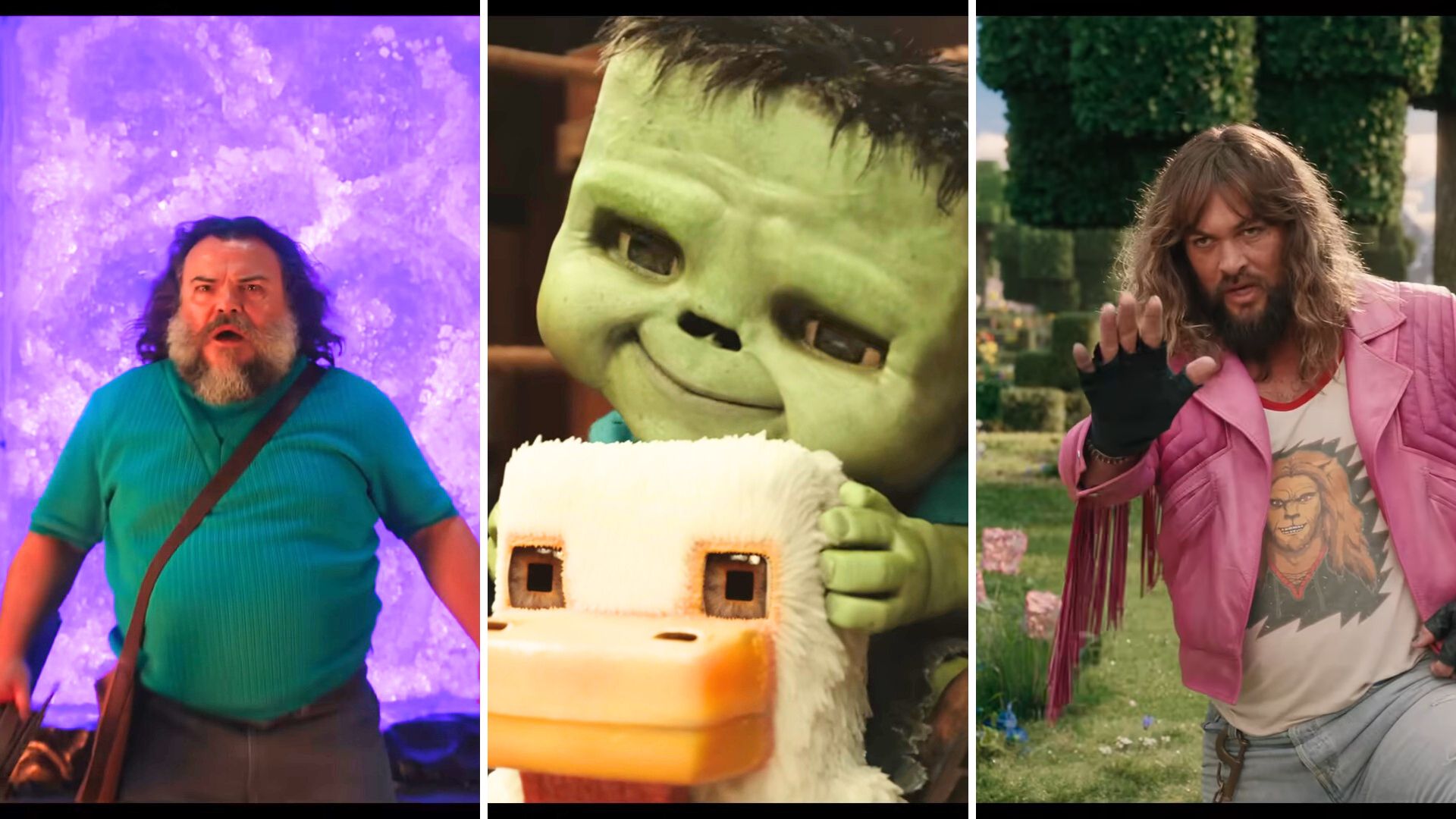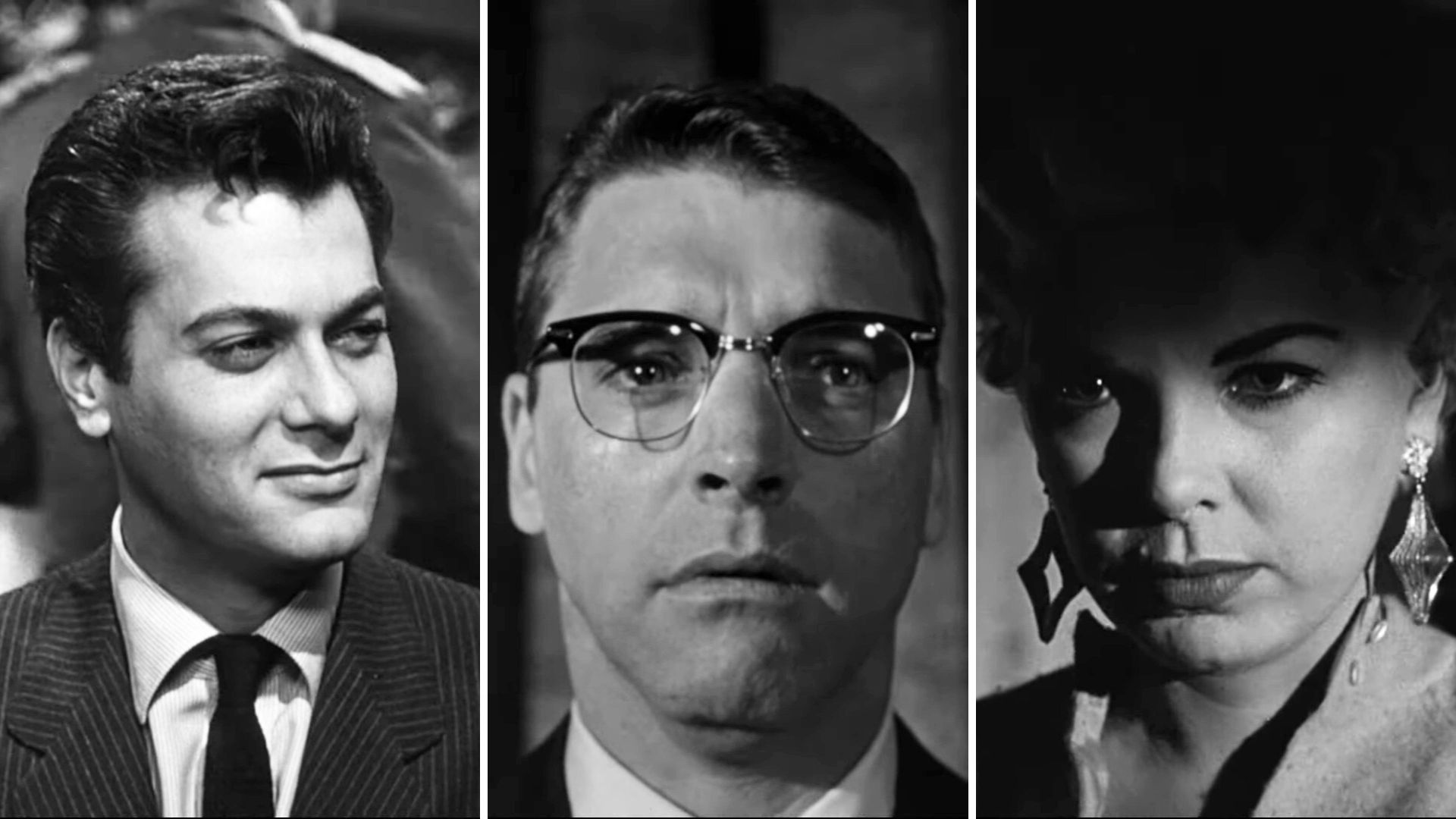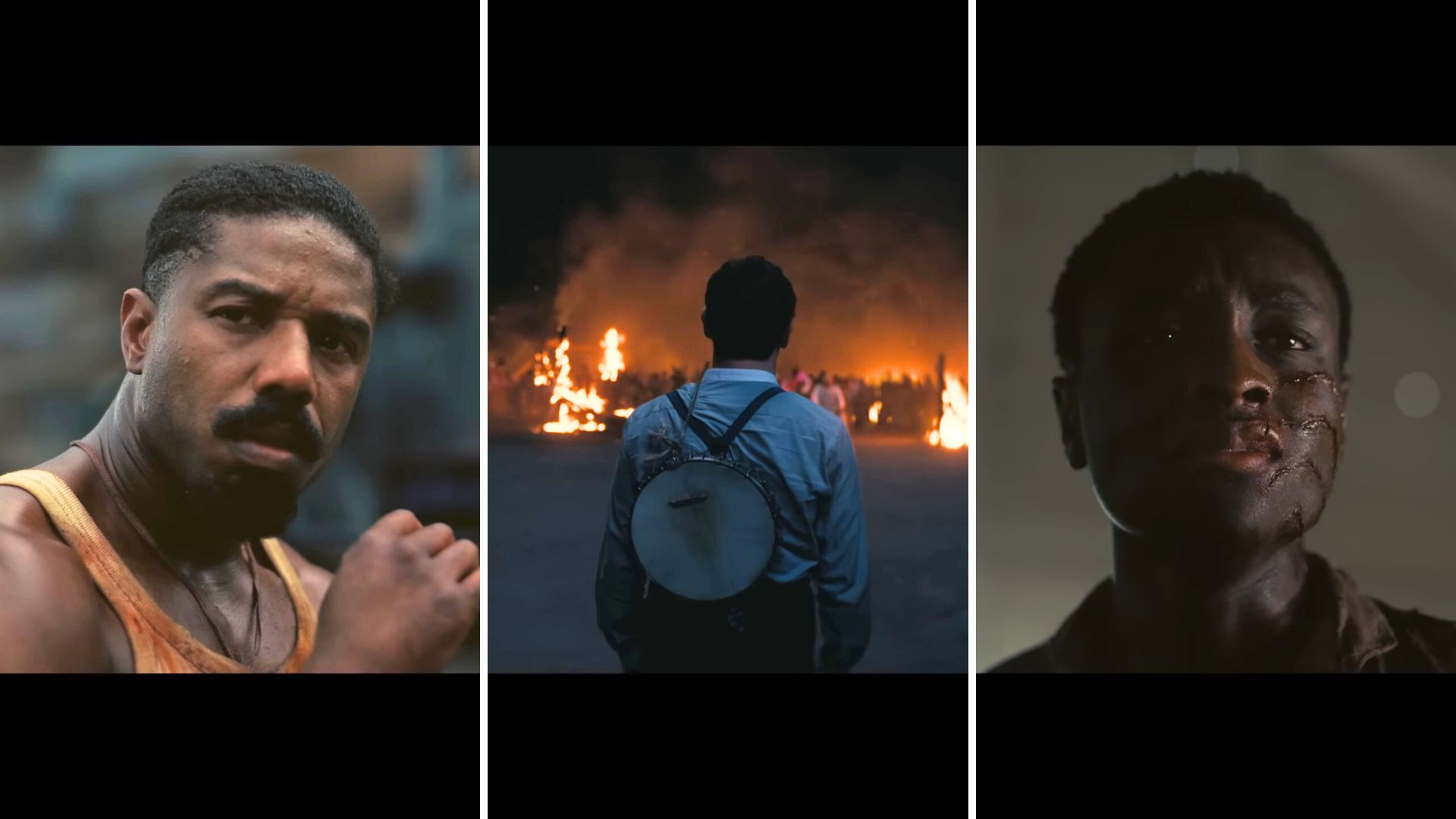
One Mississippi night in the 1930s, a young, mediocre musician by the name of Robert Johnson longed to sing the blues. Robert had middling success in the music world, playing at juke joints and taverns around the south, but Johnson longed for something more. He wanted to be the best. So that night, Robert Johnson took his guitar down to the crossroads at midnight and met with the one man who could give him everything he ever wanted. The devil himself. He met with the devil, gave him his guitar, and the devil gave him back a cursed guitar in exchange for his soul.
Robert Johnson soon reached fame, travelling all around Mississippi. He became known all over the south for his technical mastery of the guitar and his deep, brooding harmonies. From 1932 to 1938, Robert Johnson was the greatest musician on the face of the earth until his untimely death at the age of 27.
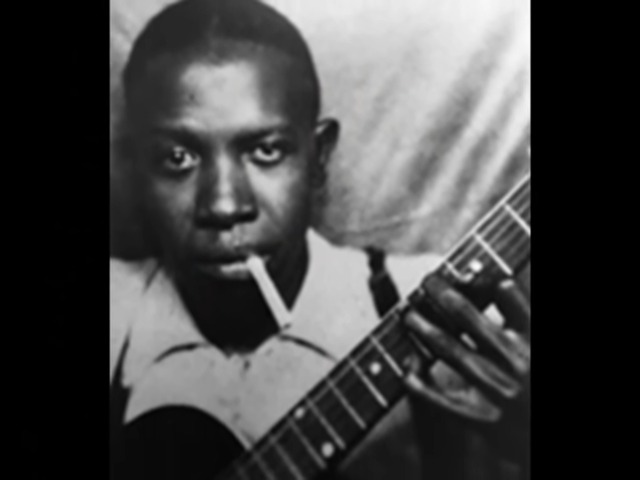
I mention this story because Ryan Coogler’s new film Sinner,s is all about music. Specifically, the blues. It’s also about vampires, colonization, Jim Crow laws, and a host of other fully realized themes and ideas. But at its core, Sinners is a film about the blues.
Sinners takes place in Mississippi in 1932 and follows twin brothers Smoke and Stack, both played by Michael B Jordan. Smoke and Stack are back in Mississippi after a seven-year stint in Chicago working for Al Capone. After their time with the criminal underworld of Chicago, the two return to Mississippi with a pocket full of money and a hope of making some more.
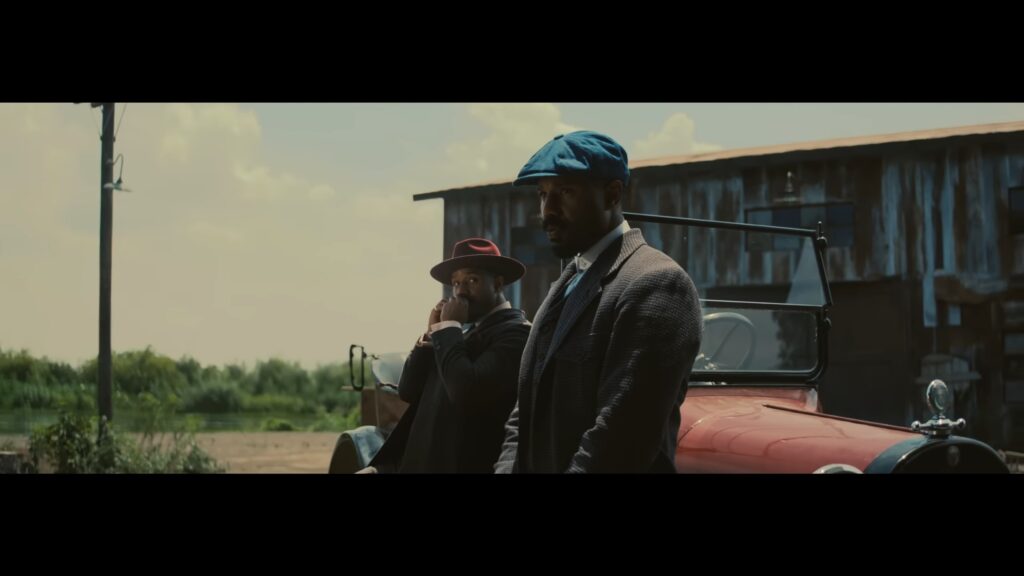
The pair buys an abandoned warehouse with plans to create a juke joint. A place for all the black people living in town under the oppressive Jim Crow laws to drink, dance, and sing the blues. People looking for some fun and an escape from their everyday lives. The two plan a grand opening night for the joint and pack the place out. The old warehouse is filled with drinks, dancing, music, and most importantly, people. People just like them. Until a few uninvited evil entities show up to ruin their night.
If you’ve seen any marketing for Sinners, then you know it’s a film about vampires. But Sinners is so much more than just another vampire movie. Vampires are eerily absent from the majority of the film. We don’t see any vampires until the 45-minute mark, and even that is just a quick climax to the first act.

The first act is introducing all the characters we’ll be spending time with during the film and they are all interesting superbly written characters. Aside from the twins, we also follow their younger cousin Sammie. Sammie goes by preacher boy, a nickname given to him due his father being a pastor, who like Robert Johnson, longs to be the best blues musician of all time.
Hailee Steinfeld gets second billing as Mary, the former lover of Stack, and there’s a host of smaller side characters from the old town drunk to the big bouncer that all feel like meaningful additions to the cast.
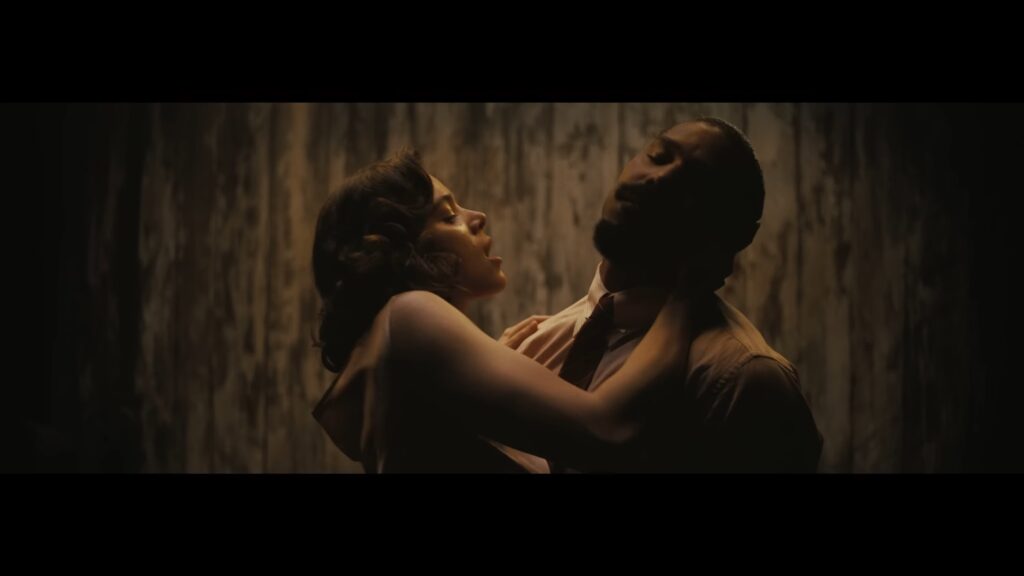
The second act is the opening night of their juke joint, and it is truly an incredible sequence. The party they throw, and specifically the musical numbers they have, are perfectly blocked and framed. There are these amazing tracking shots following the characters through the dance halls to the bar and into the backroom card games. It all sounds amazing and brings together the film’s central theme of music and the power it can have over people.
The vampires and action portion of the film doesn’t begin until the third act, but when it does escalate, it ramps up quickly in a satisfying way. Even though it takes a long time for the vampires to show up, the film doesn’t suffer at all in this lead-up.
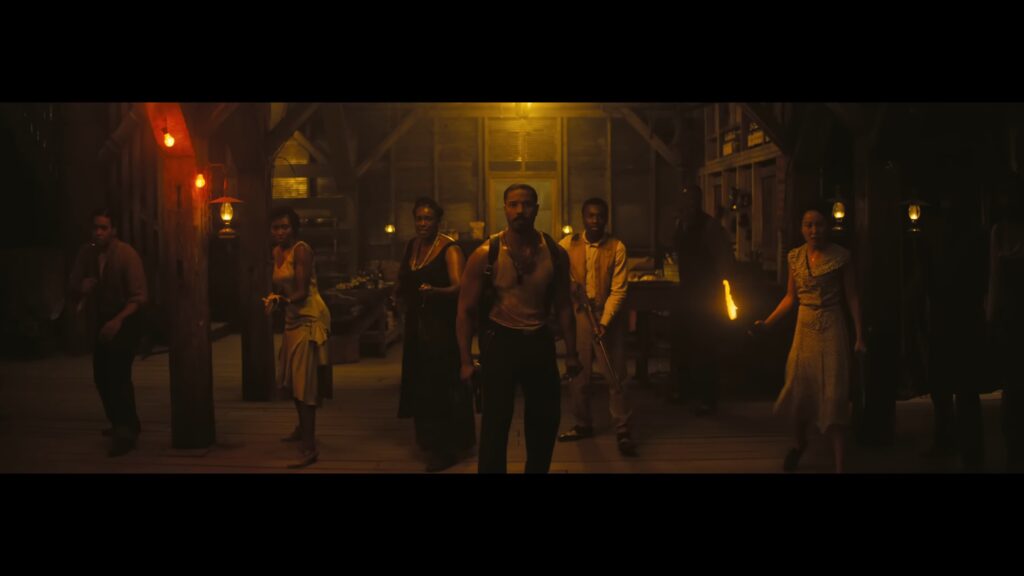
If there is any complaint I could throw at Sinners, it would be that the film is a little too sentimental in its final moments. There are some somber flashback cuts and moments of reflection that I don’t think add anything to the film, but this is such a minor quibble for a movie that I found to be absolutely excellent.
Music is a huge part of the film, but Sinners is also a movie about colonization and white people taking over black spaces. The initial vampire we see in the film is white, but there is a little twist to his backstory that I won’t spoil, but it makes the film fully realize its theme of oppression and displacement.

Vampires are such an interesting mythos to use for this theme. These are inherently evil beings that look like us but deep down only seek destruction. They want to take everything from the good people minding their own business, and they can’t do that unless they are invited in. You have to dance with the devil, allow yourself to keep company with him before he comes in. But all the devil needs is just that small invitation, and he’ll take over your life.
It’s a deeply religious metaphor, but this is a movie named Sinners, so that is kind of expected. The religious aspects of the film, the theme of evil and good, are on full display and pair exceptionally well with the movie’s other grand ideas about music and bridging generations. There is generational evil that feels impossible to stop. It’s lurking just outside the walls of this juke joint sanctuary. It’s a brilliant metaphor and is captured with technical mastery by Coogler and his team.

Sinners is a movie that I can’t recommend enough. I see a lot of movies in theaters, and oftentimes those movies are bad. Even the good ones I see, I’m glad I saw them in theaters, but it’s rare for me to feel like I’m having an experience in the theater. Like I’m seeing something that truly deserves to be seen on the big screen. Sinners is the rare exception where it feels like something so much bigger than just a movie. It’s an incredible film that reminded me how special seeing a movie like this can be in a theater.




